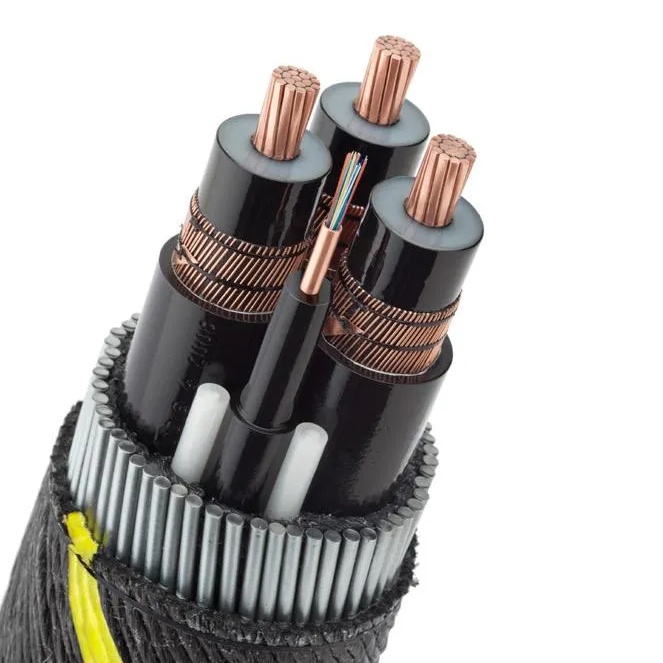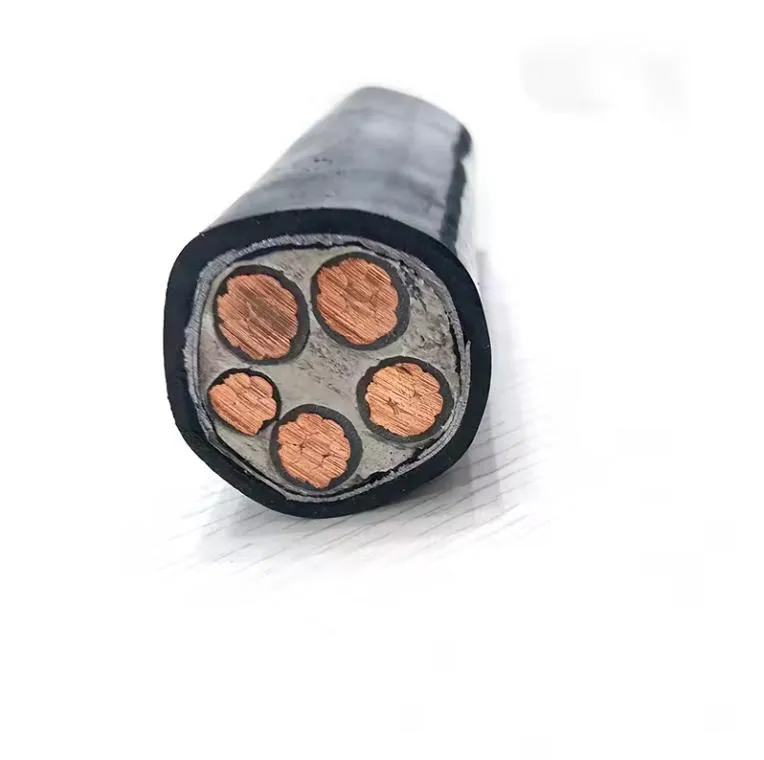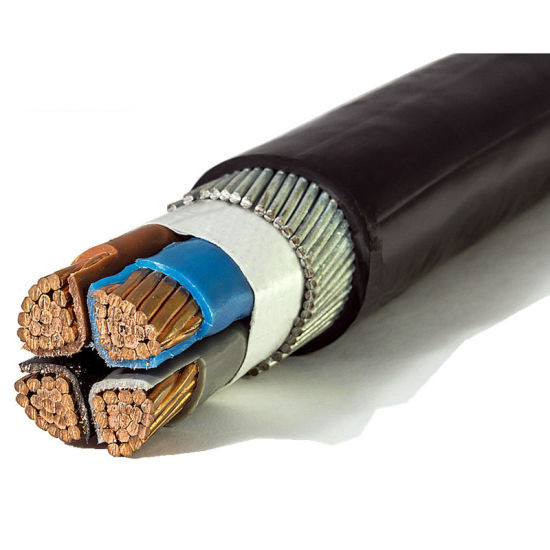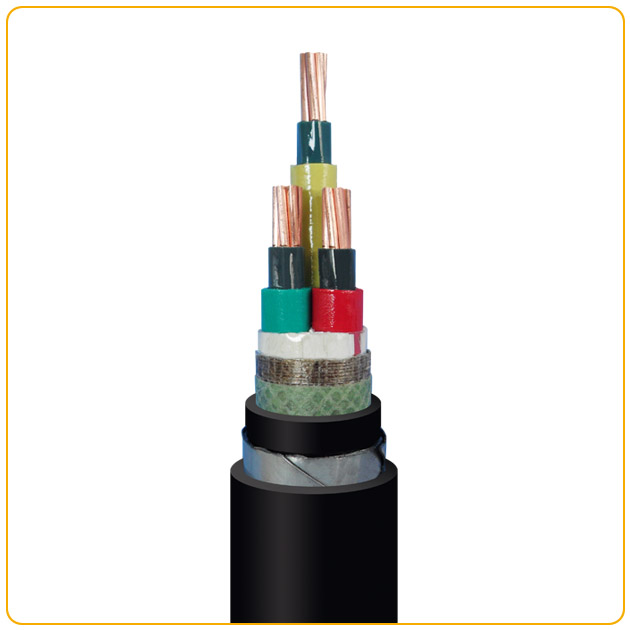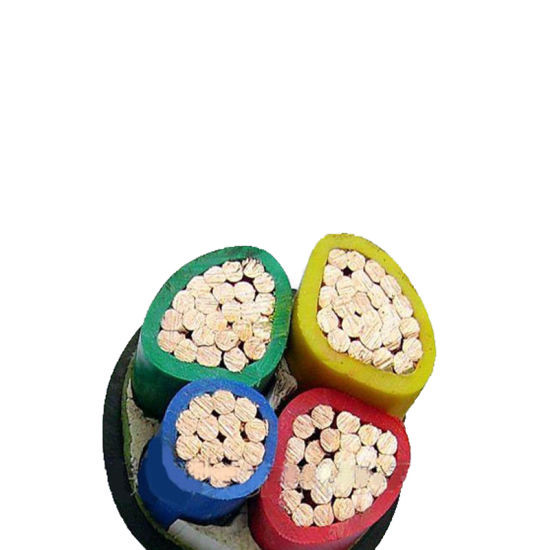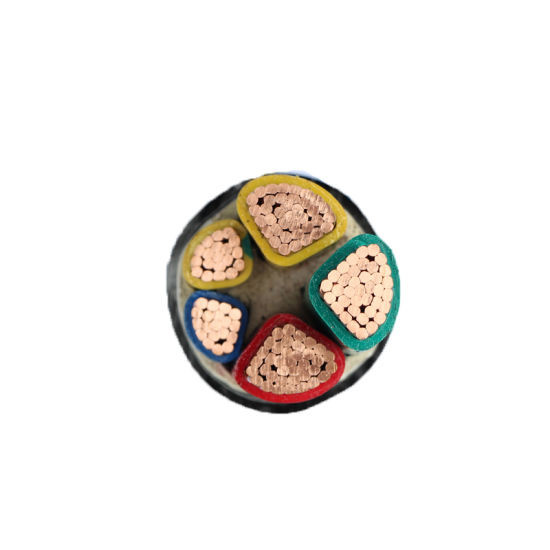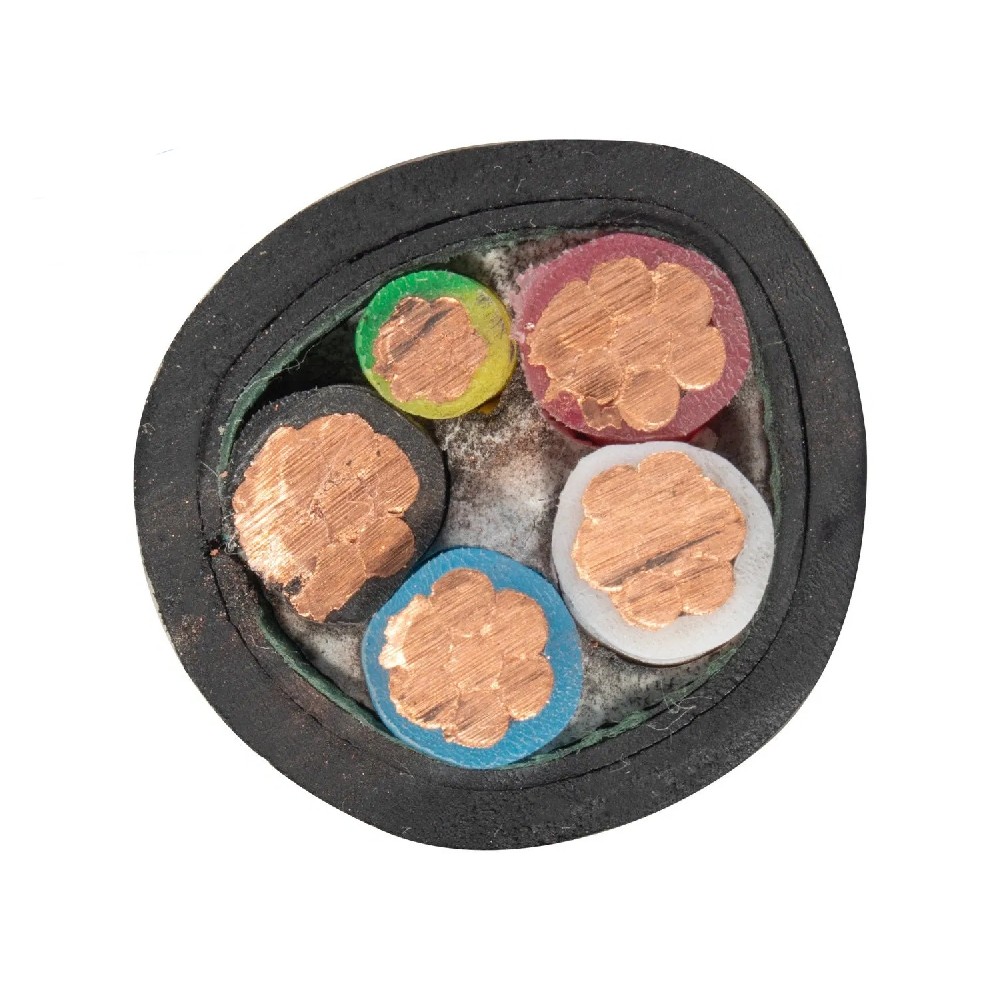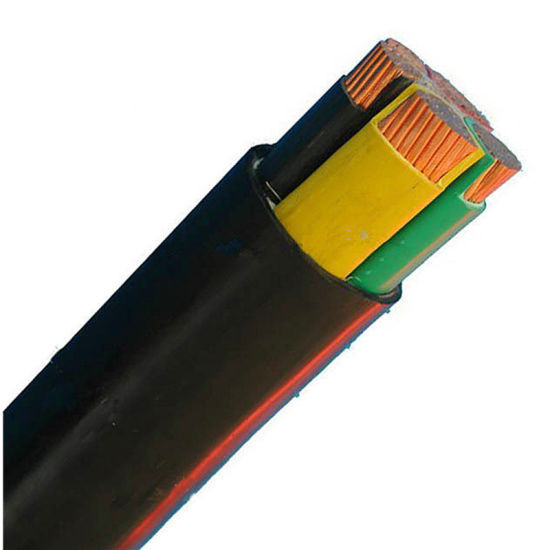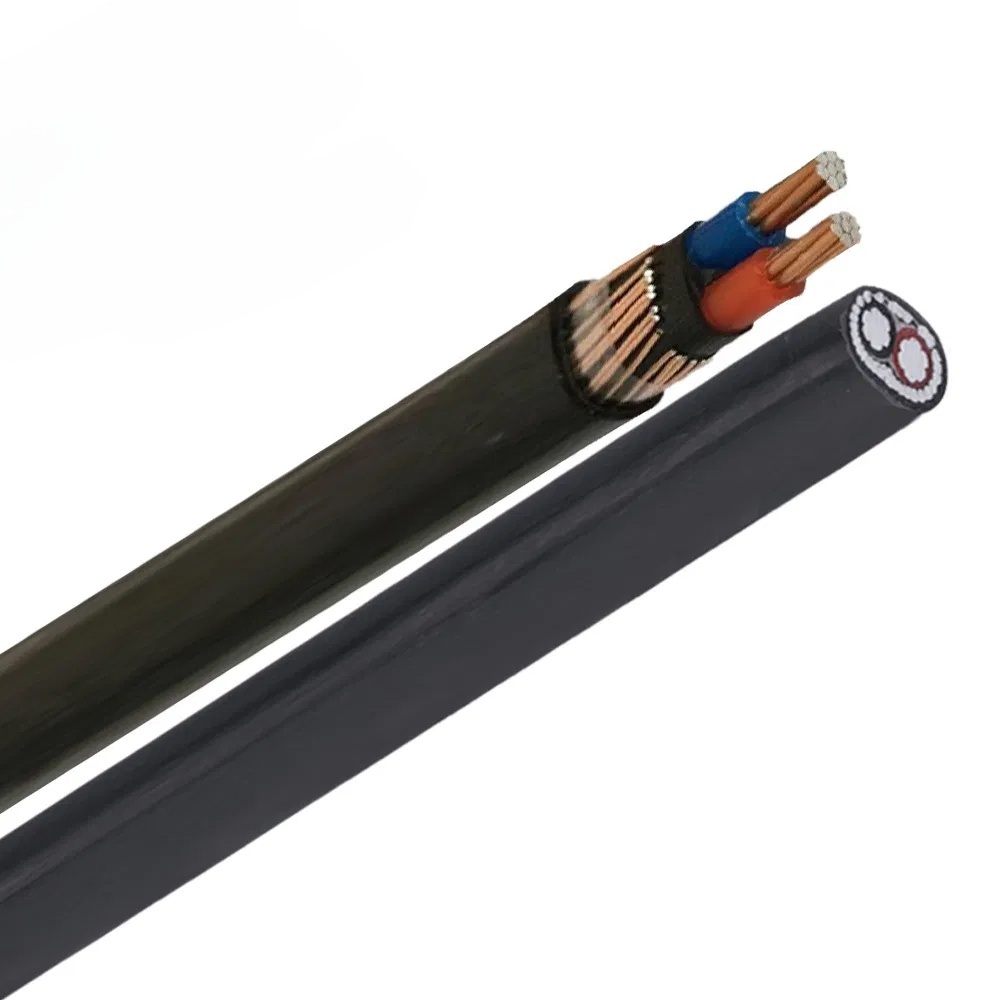-
![What is the differ···]() 2025-08-28 What is the difference betwe···
2025-08-28 What is the difference betwe···1. Structural Differences: The Shield's "Secret Weapon"The shield of a shielded cable is essentially a layer of conductive material, typically composed of aluminum foil, copper mesh, or a metal braid, wrapped around the cable's insulation (or around each twisted pair). This layer,
read more > -
![Advantages of alum···]() 2025-08-28 Advantages of aluminum alloy···
2025-08-28 Advantages of aluminum alloy···1. Significant Cost Advantages and Better EconomicsAluminum is one of the most abundant metal elements in the Earth's crust, abundant in resources, and significantly cheaper than copper. For the same current carrying capacity, the procurement cost of aluminum alloy cables is approximately 30%-40
read more > -
![Selection standard···]() 2025-08-28 Selection standards for flam···
2025-08-28 Selection standards for flam···The core value of flame-retardant cables lies in their "difficulty to ignite," meaning they are difficult to ignite, or if ignited, they prevent the spread of flames and self-extinguish after the fire source has been removed. This primarily aims to reduce fire losses and prevent the spread
read more > -
![What is the differ···]() 2025-08-28 What is the difference betwe···
2025-08-28 What is the difference betwe···YJV and YJY cables are both cross-linked polyethylene insulated power cables, but the difference in sheath material is a key performance difference between the two:YJV: The outer layer is a polyvinyl chloride (PVC) sheath, which contains halogen and offers high mechanical strength and flame retardan
read more > -
![Fire protection ad···]() 2025-08-28 Fire protection advantages o···
2025-08-28 Fire protection advantages o···The fire-resistant advantages of BTTZ cable are primarily reflected in its materials, structure, and performance.BTTZ cable, short for heavy-duty copper core, copper sheathed magnesium oxide mineral insulated cable, is a classic type of rigid mineral insulated cable (MI cable). Its structure resembl
read more > -
![How to scientifica···]() 2025-08-28 How to scientifically select···
2025-08-28 How to scientifically select···Environmental Assessment: Is there electromagnetic interference? Choose KVVP; otherwise, choose KVV.Signal Type: KVVP is preferred for high-frequency or weak signal transmission.Budget Balance: Optimize costs while meeting requirements.1. Structural Differences: The Secret of the Shielding LayerKVV
read more > -
![What are the commo···]() 2025-08-28 What are the common fire-res···
2025-08-28 What are the common fire-res···1. BTTZ SeriesThe BTTZ series cable, also known as heavy-duty copper core, copper sheathed magnesium oxide mineral insulated cable, is a rigid mineral fire-resistant cable. Its key features include high-temperature resistance, fire resistance, and explosion resistance. It can operate continuously fo
read more > -
![The difference bet···]() 2025-08-28 The difference between RVSP ···
2025-08-28 The difference between RVSP ···RVSP cable and RVS cable differ significantly in several aspects. Below is a detailed comparison of the two:1. Structure and ComponentsRVSP CableStructure: Conductor - Insulation - Shield - Jacket. RVSP cable adds a copper wire shield to RVS cable, effectively reducing signal transmission loss and s
read more > -
![Rubber sheathed fl···]() 2025-08-28 Rubber sheathed flexible cab···
2025-08-28 Rubber sheathed flexible cab···I. Rubber-sheathed Flexible Cable SpecificationsRubber-sheathed flexible cables are classified into heavy-duty rubber-sheathed flexible cables (YC cables and YCW cables), medium-duty rubber-sheathed flexible cables (YZ cables and YZW cables), and light-duty rubber-sheathed flexible cables (YQ cables
read more > -
![Common models of w···]() 2025-08-28 Common models of waterproof ···
2025-08-28 Common models of waterproof ···1. Common Specifications of Waterproof CablesWaterproof cables are waterproof cables suitable for connecting electrical equipment outdoors, in wet, and humid environments. Common specifications and models of waterproof cables are as follows:JHS Waterproof Cable: JHS waterproof cables are flexible, i
read more >


